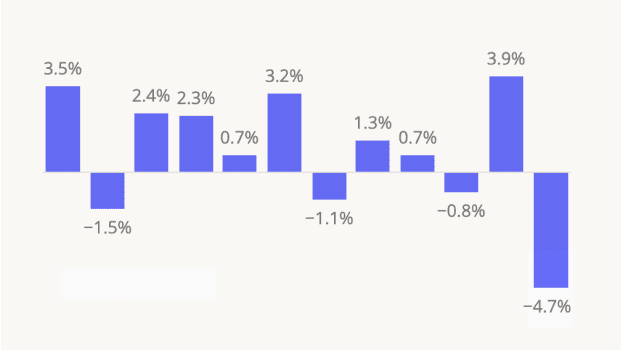Exploring Luxury Hotel Brands’ Guest Segmentation
The Waldorf Astoria and Ritz-Carlton hotels are two of the most recognizable names in luxury lodging. Both opened in New York City – the Waldorf Astoria in 1893 and the Ritz-Carlton in 1911 – and are owned by two major hotel corporations: the Waldorf Astoria is part the Hilton Hotels & Resorts portfolio of brands, while the Ritz-Carlton is part of Marriott International, Inc’s portfolio.
Who is most likely to visit each brand? What are the similarities – and differences – between the two hotels’ guest segmentations? We take a closer look at the demographic and psychographic data to find out.
Waldorf Astoria and Ritz-Carlton Attract High-Income Guests from Smaller Households
Analyzing the demographic makeup of the Waldorf Astoria and Ritz-Carlton’s trade areas by layering the STI: Popstats dataset onto captured market trade areas revealed that the Waldorf Astoria’s trade area has a higher share of households with children compared to that of the Ritz-Carlton (25.6% compared to 23.6%). But both chains had a smaller share of households with children in their trade areas relative to the nationwide average (27.6%). It seems, then, that singles or empty nesters may be more likely to book a luxury getaway than consumers with heavier parenting responsibilities.
Unsurprisingly, the chains also attract a particularly high-income clientele: The median household income (HHI) in both brands’ trade areas is over 50% higher than the nationwide median ($108.4K and $104.5K for the trade areas of the Waldorf Astoria and Ritz Carlton, respectively, compared to a nationwide median of $69.5K). The data also showed that Waldorf Astoria’s trade area is slightly more affluent than that of the Ritz-Carlton – perhaps due in part to the Ritz-Carlton’s recent attempts to court younger guests.
.avif)
Families Prefer the Waldorf Astoria, Smaller Households Go to the Ritz-Carlton
Leveraging the Spatial.ai: PersonaLive dataset to explore the psychographic composition of the hotel chains’ trade area further supports the distinctions between the brands highlighted in the demographic analysis.
The psychographic analysis showed that the Waldorf Astoria had more family segments in its trade area than the Ritz-Carlton, while the Ritz-Carlton catered to more single and empty-nester households – as expected given the demographic composition of the chains’ trade areas.
.avif)
Dining and Leisure Preferences
Luxury hotels are known for their impeccable service – and to curate the ideal guest experience, these brands need to accurately predict their visitors' dining and leisure preferences. Hoteliers can leverage the Placer.ai Marketplace and combine trade area data with various datasets – including data on consumers’ social media activity with tools like the Spatial.ai: FollowGraph dataset – to pinpoint their guests’ tastes and preferences.
Analyzing the preferences for certain types of foods or entertainment within the hotel chains’ trade areas revealed – once again – similarities and differences between the brands. Both chains’ trade areas included larger shares of “Farm-to-Table Cooking Enthusiasts”, “Asian Food Enthusiasts”, and “Craft Coffee At-Home Enthusiasts,” as well as more “Opera Lovers” and “Salsa Music Fans” than the nationwide average. But the foodie segments were slightly more over-indexed within the Waldorf’s trade area, while residents of the Ritz-Carlton’s trade area seemed a little more keen on Opera and Salsa. These hotel chains can leverage this data to determine the type of dining or entertainment options that will set these brands apart from the competition and best attract their specific audience.
.avif)
Customer Segmentation and Loyalty
The Waldorf Astoria and Ritz-Carlton continue to define luxury lodging in the country while attracting some of the nation's most discerning guests. Understanding the demographic and psychographic guest segmentation of each chain can help inform your loyalty strategy.
For more data-driven travel & leisure insights, visit placer.ai/blog.
This blog includes data from Placer.ai Data Version 2.0, which implements improvements to our extrapolation capabilities, adds short visit monitoring, and enhances visit detection.




.svg)





.png)
.png)

.png)
.png)









